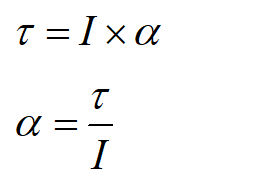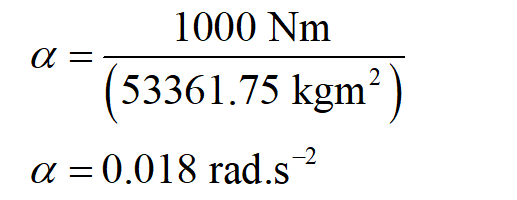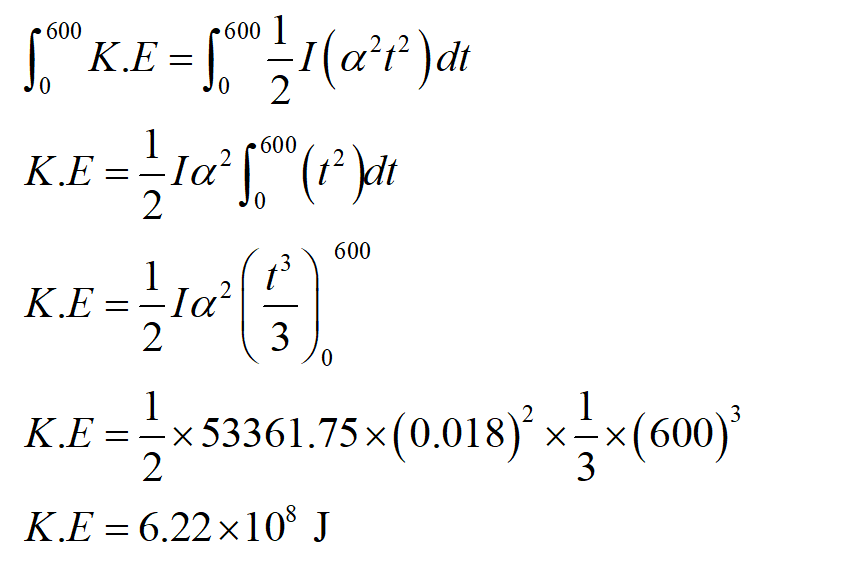Anexperimental Caris designed to uork by allumulating energu inaflheel shaped as a uniform Solid disc To make the car move , the fly wheel is "Chaged by attaching it to an extrnal machire abteto exert atorave on the wheel of T=lo00um, so that the flyuheel is accerlerated and accemates rotational With its exrees axeta bearings is negligible and it has aradius R-13M anda MassM=631SKq kineticeneryy. The friction ofthe flywheel
Anexperimental Caris designed to uork by allumulating energu inaflheel shaped as a uniform Solid disc To make the car move , the fly wheel is "Chaged by attaching it to an extrnal machire abteto exert atorave on the wheel of T=lo00um, so that the flyuheel is accerlerated and accemates rotational With its exrees axeta bearings is negligible and it has aradius R-13M anda MassM=631SKq kineticeneryy. The friction ofthe flywheel
Related questions
Question
Need help for the following questions

Transcribed Image Text:Anexperimental caris desicned to work
energyinaflwheel Shaped
Tomake the car move, the fly Wheel is "ChNged
by attaching
exert atoraue on the wheel of T=lo00 Nm, so
that the flyüheel is accerlerated and accemates
rotational kinetic eneryy. Th frictian ofthe flyiwheel
With its esrelss axte bearings is negligible
and it has aradius R=13M anda Mass M=631SKq
by allumulating
as a uhiform Solid disc
it to an external machive abteto

Transcribed Image Text:c) If the flywheel is "charged" for 10 minutes from rest, determine its final angular
velocity.
d) Determine the total rotational kinetic energy accumulated by the flywheel during
this time.
e) In a similar car 2.1 x 107 J of energy contained in the flywheel is used to accelerate
(from rest) a car of mass M = 2523.4 kg, determine the final velocity of the car. To
make the calculation easier, ignore the friction between the car and the asphalt
and air resistance. (You simply converting the stored rotational energy to
translational energy)
Expert Solution
Step 1
(c) Moment of inertia (I) of the flywheel will be,

And the torque (τ) is given as,

Here, α denotes the angular acceleration.
Substituting the values,

Now using the equation of rotational mechanics,

Here, ω denotes the final angular velocity, ωo = 0 denotes the initial angular velocity, α denotes the angular acceleration and t denotes the time.
Substituting the values,

Step 2
(d) The rotational kinetic energy (K.E) of the flywheel is given by,

As we know,

From equation (i) and (ii),

Therefore total kinetic energy after 10 min =600 s will be,

Step by step
Solved in 3 steps with 11 images
